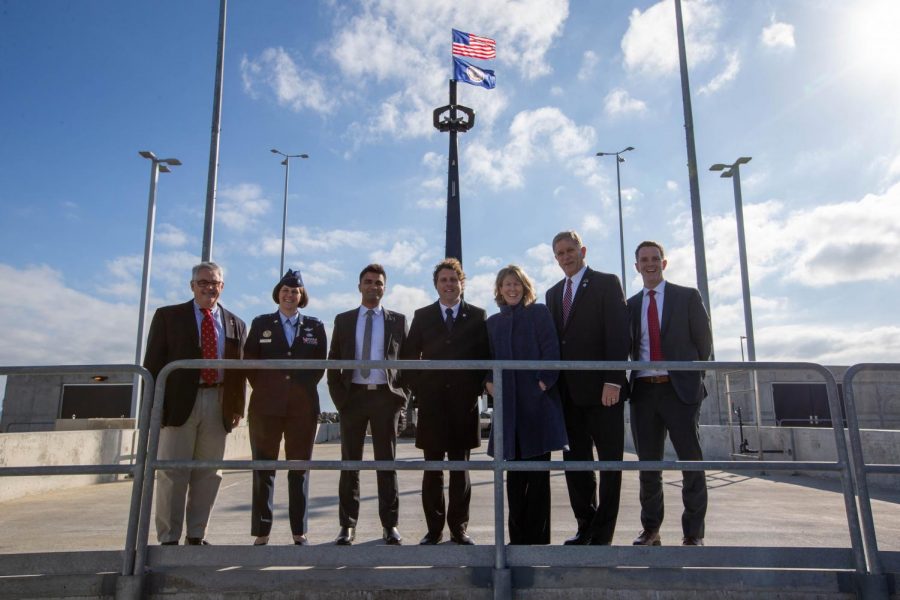Rocket Lab Opens LC-2 at Wallops
Officials including Rocket Lab CEO and founder Peter Beck (center) stand in front of the newly completed LC-2. Photo Credit: Rocket Lab/ NASA Wallops.
On Dec 11, Rocket Lab officially opened their second launch pad called Launch Complex-2 (LC-2) on Wallops Island, Va.
LC-2 is the first launch site for Rocket Lab in the United States. The pad will cause more launches and activities to occur at Wallops. Before anything was built, Rocket Lab began the search for a second launch site. The search and selection process was “very rigorous” and included numerous sites such as Cape Canaveral, Fla.
Rocket Lab officially announced that the Mid-Atlantic Regional Spaceport (MARS) was their site for LC-2 on Oct 17, 2018. MARS is part of NASA’s Wallops Flight Facility (WFF). WFF is also part of NASA’s Goddard Space Flight Center, which is located in Greenbelt, Md.
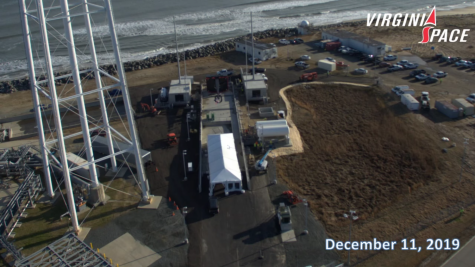
“It is an incredible and exciting day here for the whole team at Rocket Lab but also for our partners at NASA, Virginia Space, Virginia State [the Commonwealth of Virginia], and the US Air Force,” said the founder and CEO of Rocket Lab, Peter Beck.
The construction of LC-2 began back in February of this year, it was completed this month after only 10 months of rapid construction. At least 1,000 suppliers local to the area contributed to the construction of LC-2.
Part of the money to build LC-2 came from the Commonwealth’s transportation budget. “We are proud to call Wallops Island and Virginia our home,” said Beck.
The construction at LC-2 has not been limited to the pad itself. To support launch preparation work, Rocket Lab built the Integration and Control Facility (ICF). The ICF is located inside the Wallops Research Park, which is located on the mainland and northwest of Wallops Island.
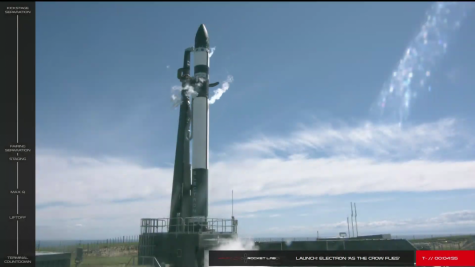
The ICF will be where Electron rockets and payloads are processed prior to roll-out and launch. Initially, the ICF will have the capacity for two Electron rockets and then four later in the future. The ICF will also have dedicated cleanrooms for payload integration. To support launch operations and Rocket Lab activities at Wallops, the ICF will also have administrative offices and the LC-2 Range Control center.
“Rocket Lab’s launch site at the Mid Atlantic Regional Spaceport on Wallops Island, Virginia, strengthens the United States’ ability to provide responsive and reliable access to space,” said Col. Robert Bongiovi, director of the US Air Force Space and Missile Systems Center’s Launch Enterprise.
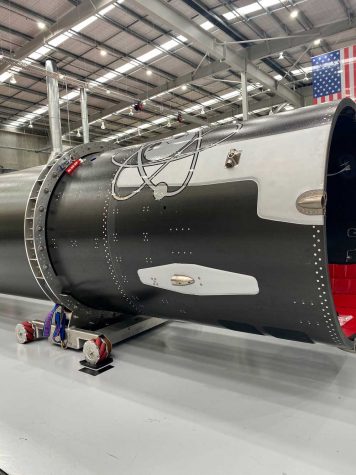
Rocket Lab is a rocket company which was founded back in 2006 in Auckland, New Zealand. The company first worked on a sub-orbital sounding rocket called the Ātea.
In 2013, the headquarters for the company was moved to Huntington Beach, Ca, therefore making it an American company. Since then, the company has had an impact in the United States.
The Electron rocket is designed to cater to the cubesat and smallsat industry. The booster internally is built out of carbon fiber. The first stage has nine Rutherford engines, while the second stage has a single vacuum optimized Rutherford engine.
The avionics and engines for Electron are built and assembled in Huntington Beach while the fuel tanks, stages, and integration work occurs in Auckland. The avionics and engines are sent to from the US to New Zealand and then launched normally.
Their first Electron launch site is Launch Complex-1 (LC-1). LC-1 is located on the Mahia Peninsula in New Zealand. The launch site was opened on Sept 26, 2016.
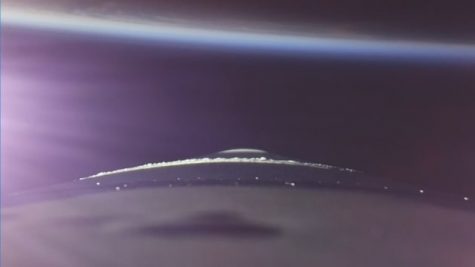
The first Electron launch occurred on May 25, 2017 with the name “It’s a Test.” The first launch failed after first stage separation. The second launch, named “Still Testing,” launched on Jan 21, 2018 and deployed the Dove Pioneer, Lemur-2, and Humanity Star satellites into a nominal orbit.
As of December 2019, Rocket Lab has completed a total of 10 Electron launches, the latest being Flight 10, called “Running Out Of Fingers.” Flight 10 which launched on Dec 6, was the most challenging launch to date with a large upgrade to the Electron Rocket.
The recent upgrade to the Electron rocket is part of Rocket Lab’s goal to make the rocket reusable. The upgrade introduced cold gas thrusters to the first stage of Electron, upgraded avionics, and a thermal protection system.
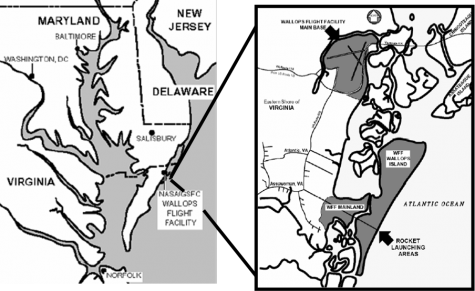
The Flight 10 Electron made it through the atmosphere or what Peter Beck calls “the wall.” The rocket also survived all the way down to a destructive impact in the water.
Future flights will have a ballute and a parafoil. This will allow the first stage to decelerate for a helicopter to catch the booster as it descends.
Compared to LC-1, LC-2 improved on the lessons learned while operating and building LC-1. LC-2 has improved turnaround speed between launches and is easier to maintain.
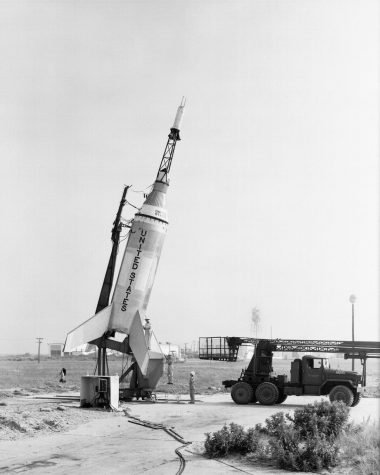
“LC-2 gives us the capability to support directly a wide variety of government and commercial missions. The launch site is primarily being designed to support government missions with additional security and capabilities. LC-1 will remain the high volume launch site for a majority of commercial missions, said Peter Beck.
NASA’s Wallops Flight Facility has been in existence on Virginia’s Eastern Shore for 75 years. Before the establishment of Wallops as a launch site, the nearby airfield was part of NAAS Chincoteague. NAAS Chincoteague was a U.S. Navy Auxiliary Air Station where pilots trained for aircraft carrier operations during World War II.
Wallops was established as a launch site in 1945 by the National Advisory Committee for Aeronautics or NACA. NACA was the predecessor to NASA.
At the time, Wallops was known as the Pilotless Aircraft Research Station. When NACA became NASA in 1958, Wallops became known as Wallops Station.
Wallops contributed to NASA’s Mercury program between 1959 and 1961 to test and prepare NASA to launch the first Americans into space down at Cape Canaveral Air Force Station, Fla in the following years. In particular, there were eight Little Joe rocket launches.
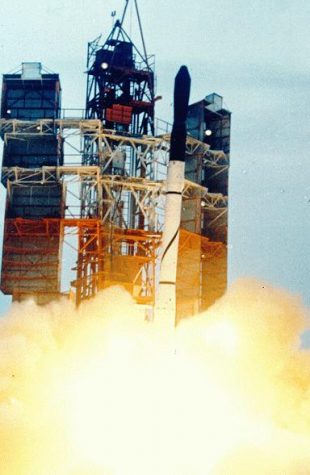
The Little Joe rockets were solid-fueled powered rockets which tested the launch abort system on the Mercury capsules. The Little Joe flights also launched two rhesus monkeys named Sam and Miss Sam. The life support systems and the heat shields were also tested during the Little Joe launches which were sub-orbital flights.
The first orbital launch from Wallops came on Feb 16, 1961, when the Explorer IX satellite launched on a Scout X-1 rocket from Launch Area-3 (LA-3). The name was changed to Wallops Flight Center in 1974 and then changed to Wallops Flight Facility in 1981 when the site was absorbed by NASA’s Goddard Space Flight Center.
One of the first commercial launches from Wallops was the first and only launch of EER Systems Inc.’s Conestoga-1620 from Pad-0A on Oct 23, 1995. However, the solid-fueled rocket exploded 48 seconds after launch.
The failure of the Conestoga-1620 occurred because of a loss of hydraulic fuel from too many course corrections sent from the guidance computer. Low frequency noise caused the issue from the guidance computer.
The “Wallops launch range is an essential platform for commercial launch activities in the United States,” said the Director of NASA’s Wallops Flight Facility, David Pierce.
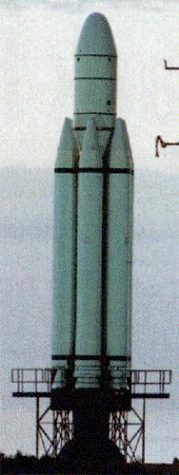
In 2003, the Virginia Commercial Space Flight Authority or Virginia Space was formed. It controls the Mid Atlantic Regional Spaceport (MARS) which consists of Pad-0A, Pad-0B, and LC-2. MARS is on the south end of Wallops Island and is on land that is leased from WFF. Rocket Lab’s LC-2 is located just to the right of Pad-0A and is between 0A and pad-0B.
Orbital Sciences Corporation, which became Orbital ATK, and now Northrop Grumman Innovation Systems launches Cygnus resupply cargo spacecrafts from Pad-0A on Antares rockets. The first Antares launch was in 2012. Pad-0A was completely rebuilt from its previous configuration which the Conestoga-1620 launched from. The new configuration made Pad-0A the biggest pad at Wallops.
The pad suffered major damage during the Orbital-3 mission when an Antares-100 rocket experienced a failure on one of the two AJ26 engines in 2013, the rocket then fell back onto the launch complex area and blew up. The pad was repaired for the OA-8 mission in 2016. The last launch from Pad-0A was the NG-12 mission on Nov 2.
In the past the US Air Force has launched numerous Minotaur rockets. Pad-0B is designed for solid-fueled rockets and has only been used for Minotaur launches in the past.
Wallops’ first and only lunar launch was the launch of NASA’s Lunar Atmosphere and Dust Environment Explorer or LADEE mission. LADEE launched on a Minotaur V from Pad 0B on Sept 6, 2013. The LADEE mission was the inaugural launch of the Minotaur V.
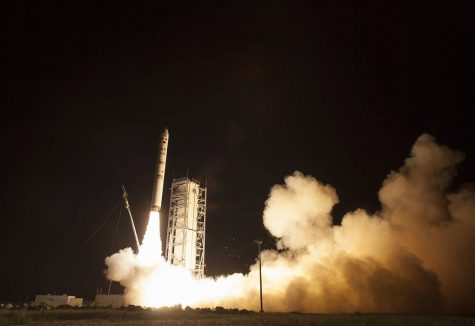
Orbital Sciences Corporation derived the Minotaur V from the LGM-118A Peacekeeper missile. The Minotaur-class of rockets, like Antares was originally designed by Orbital Sciences.
LADEE was designed to explore the exosphere of the moon. The mission ended in April of 2014 when the spacecraft impacted the lunar surface near Sundman V crater on the far side of the moon.
In the coming weeks, Rocket Lab will conduct pre-launch performance checks and final tests at LC-2. “We are going into cyroshock, meaning we will chill down [the systems] beginning with liquid nitrogen next week…you learn what works, what doesn’t” said Dale Nash, the CEO and Executive Director of Virginia Space.
There are currently two launches scheduled for the first quarter of 2020. The next Cygnus mission to the ISS, NG-13 which will launch on an Antares-230+. The mission is scheduled for no earlier than Feb 15.
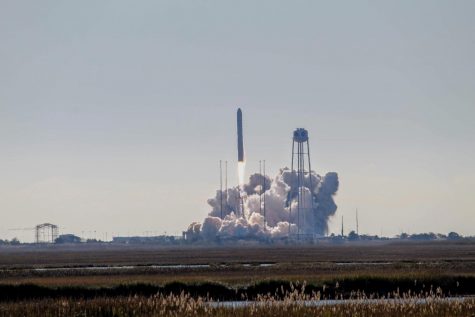
The next Minotaur IV mission, launching from Pad-0B will launch a national security payload for the National Reconnaissance Office. The NROL-129 mission and is scheduled for no earlier than Feb 15.
Rocket Lab’s first flight out of LC-2, called STP-27RM for the US Air Force is scheduled for the second quarter of 2020.
Wallops is one of the four major launch ranges in the United States. With Rocket Lab now at Wallops, the launch cadence will rise in the near future.


